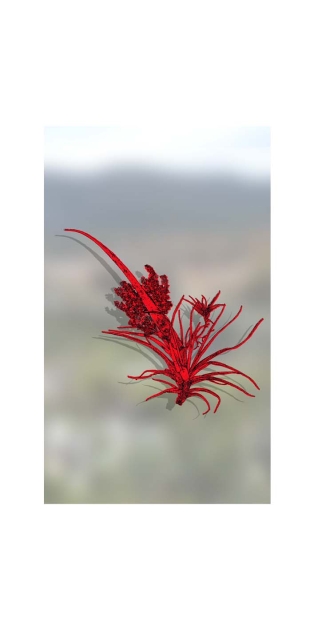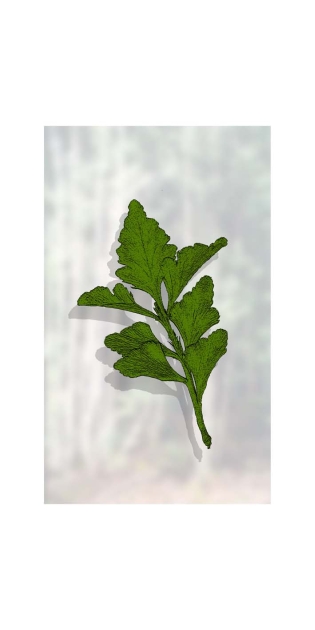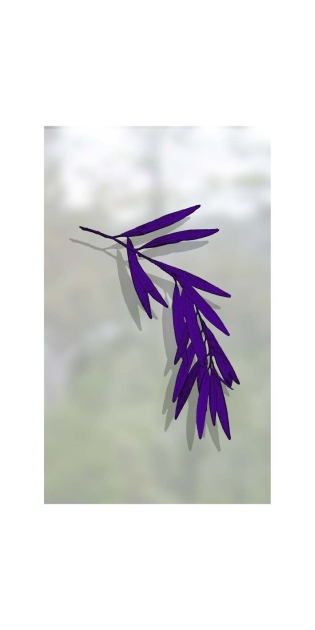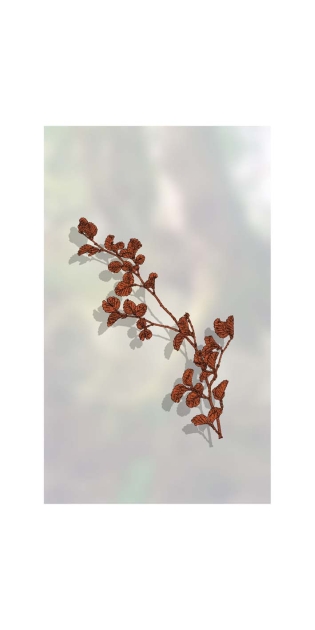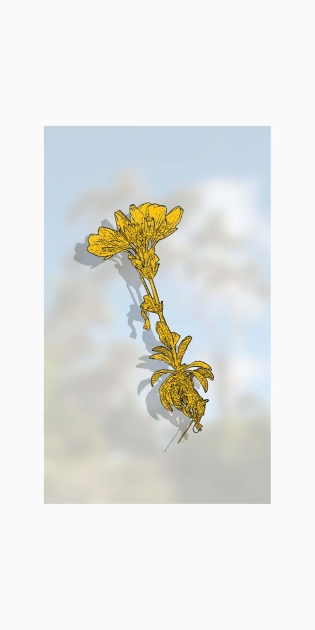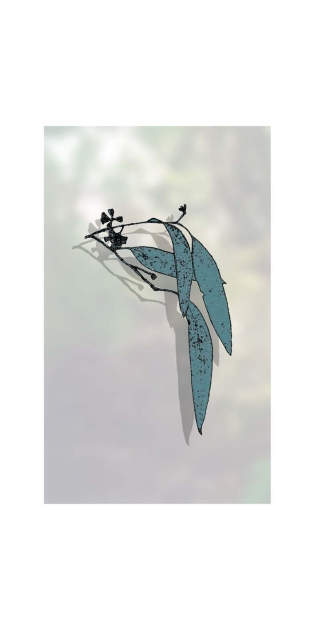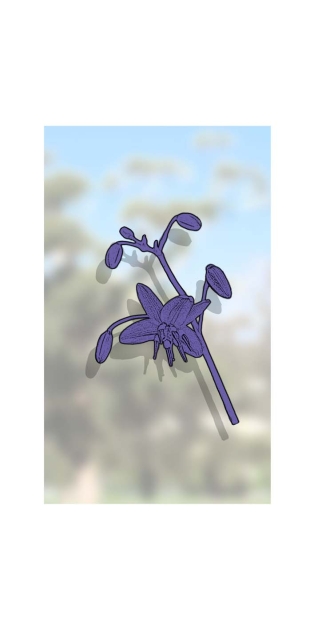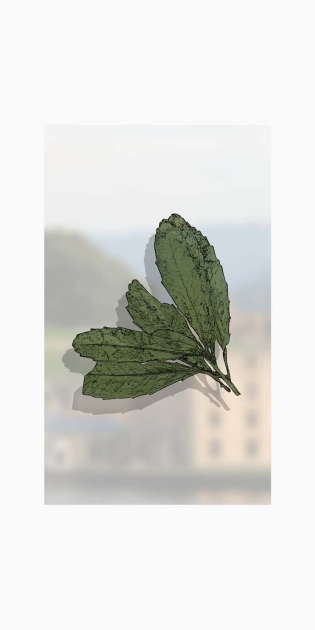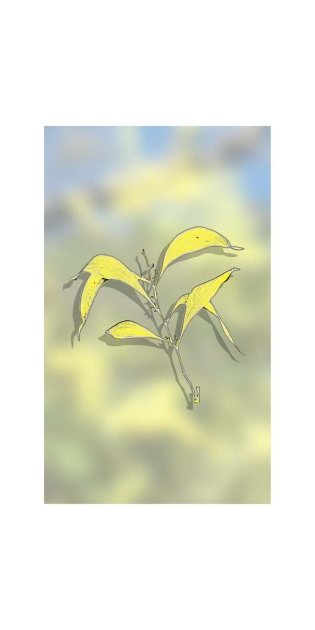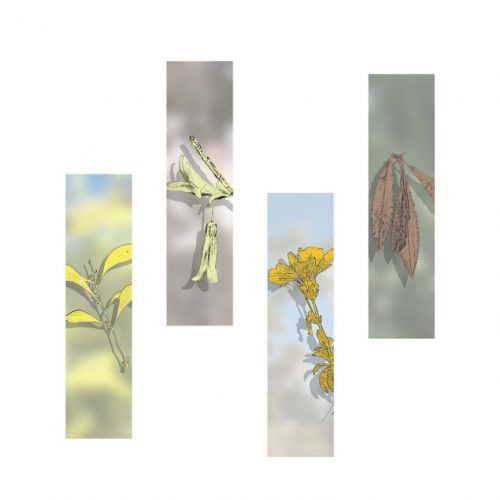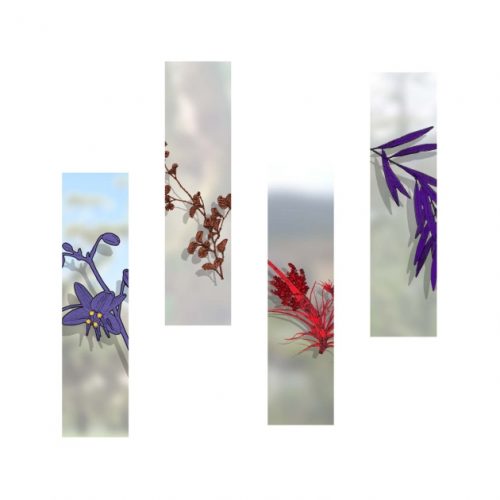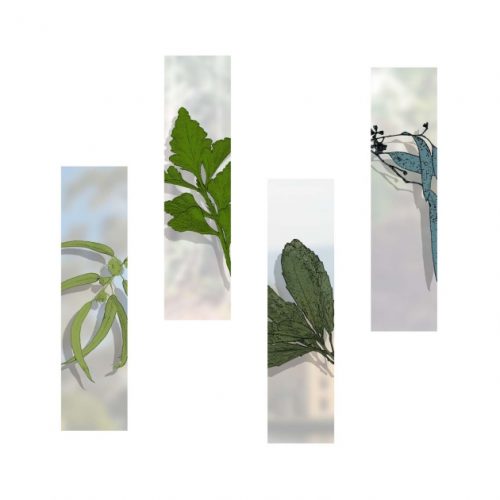John Ingleton
December 4 2015
John Ingleton’s memories of working with pressed plants to make lampshades out of ferns as a youth may have predisposed him to follow up on the plant collecting which he stumbled across in his research into the early French explorations of Australia. A chance discovery of a discarded 1986 University of Tasmania collection of Tasmanian plants certainly provided impetus which lead to research at Kew gardens, London and the Jardin des Plantes, Paris. In earlier work John has used the form of these plants to investigate the way in which we use plants to adapt our environment to suit us rather than us adapting to it. Other work used these forms to look at the built environment – a consideration of what was, what is and what has been lost or what might have been.
This collection again uses the form of these plants, not as botanical illustrations after the style artists such as Lauren Black, Olive Pink, Margaret Hope, Matthew Flinders’ expedition artist Ferdinand Bauer or Frenchmen Pierre – Joseph Redouté and Jacques – Julien Houtou de Labillardière but as collected specimens. Collected specimens, which of necessity are pressed into shapes that in most cases resemble but do not replicate the true form of the plant – three dimensional flowers, leaves and stems are crushed into a two dimensional shape which makes the process of collecting and transporting possible. In the days of sail when this practice was at its peak specimens usually took months or even years to reach their destination in the botanical gardens of Europe.
John believes that these specimens have a beauty which is separate from the botanical illustration but still provides constructive glimpses of the original. Since all dried, pressed plants are brownish the colours he has chosen for his images do not necessarily represent the colours of the living plant but rather ones he associates with the forms themselves.


